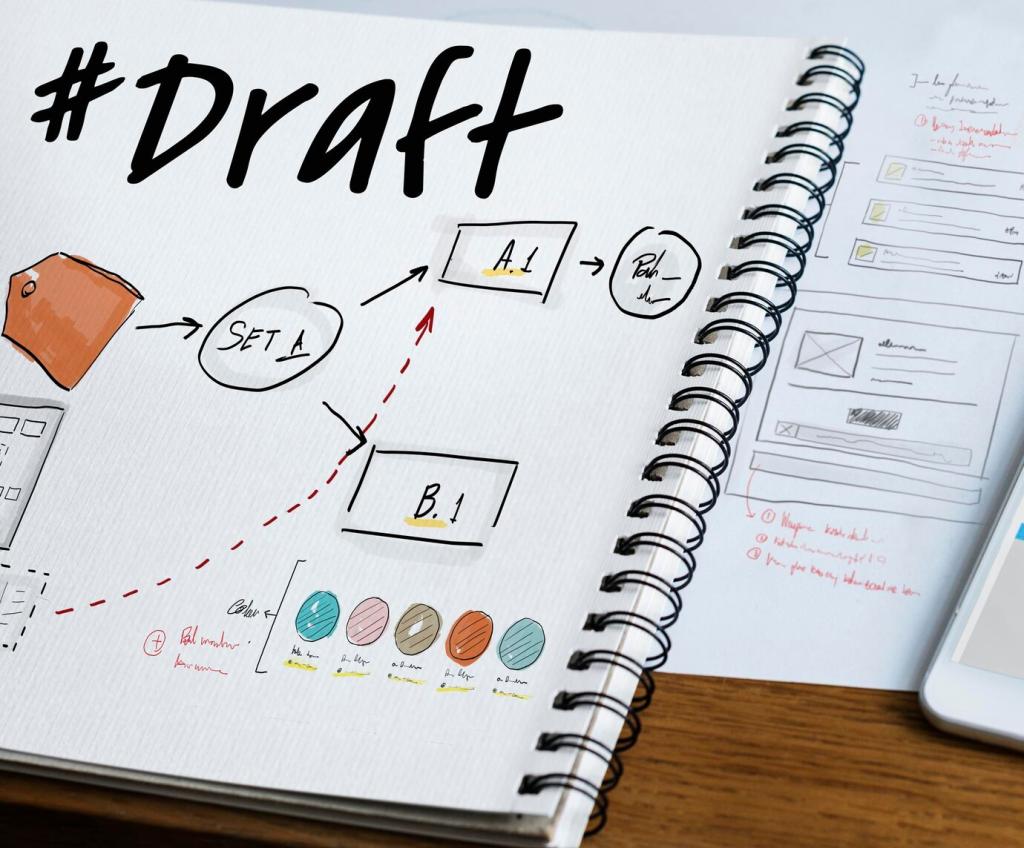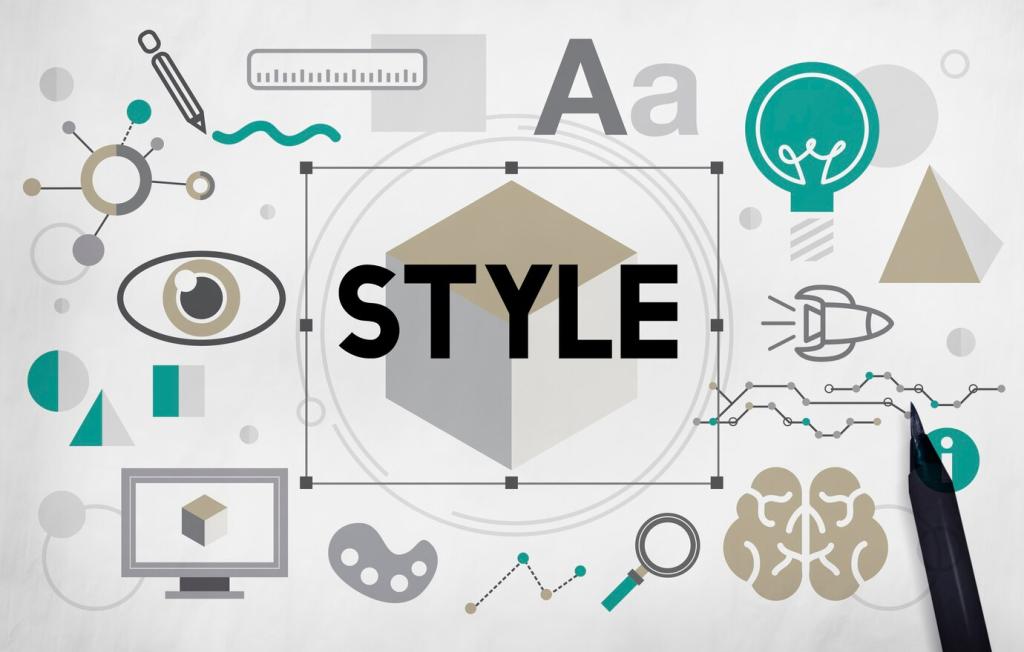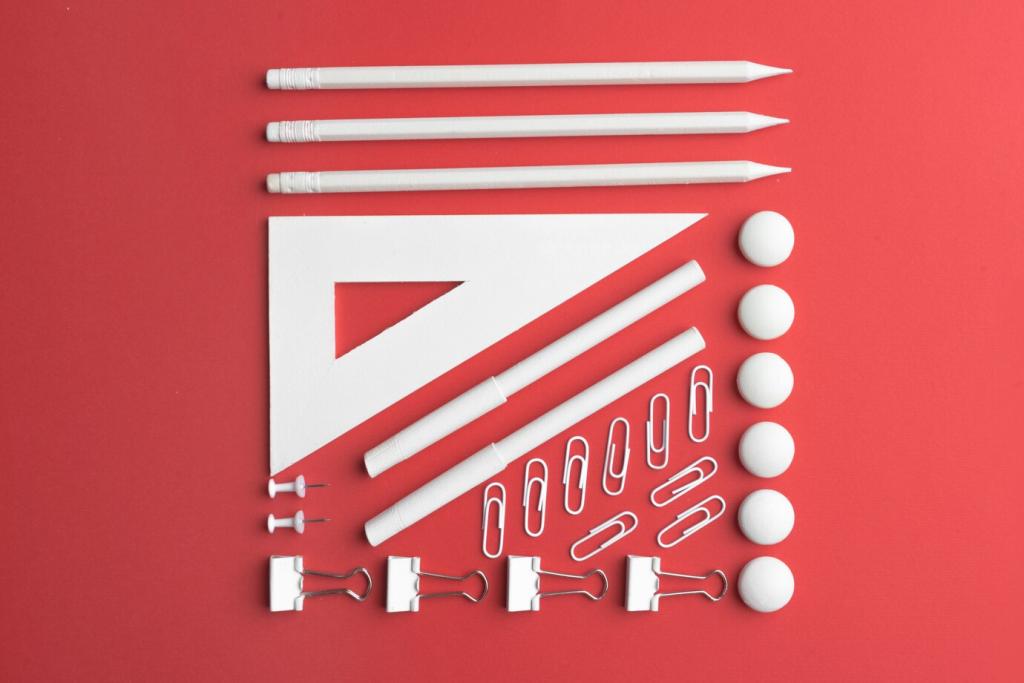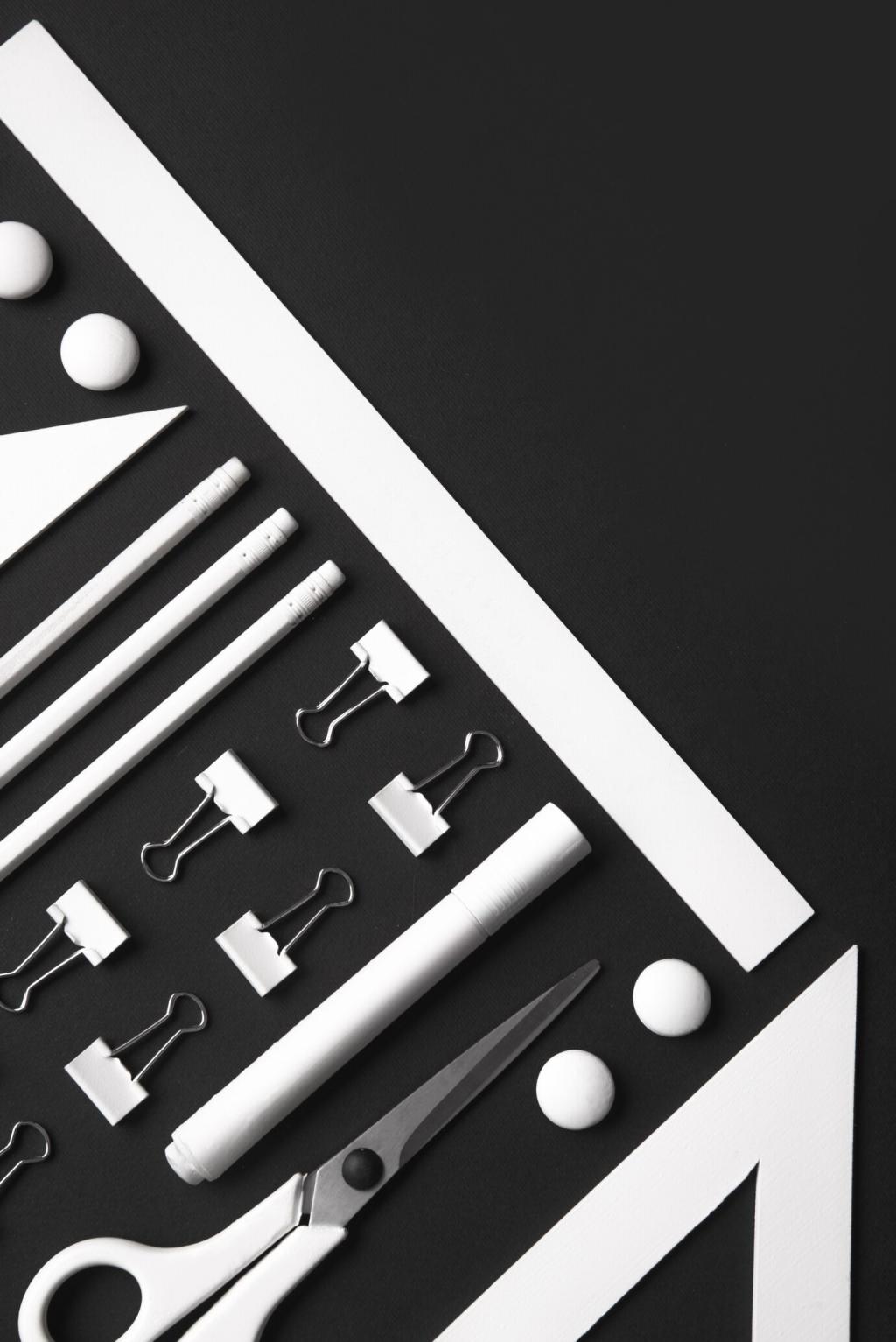Gestures and Interactions in Mobile Design
Today’s chosen theme: Gestures and Interactions in Mobile Design. Explore how touch, motion, and feedback turn flat screens into expressive, human tools. Join us, share your experiences, and subscribe for weekly, hands-on insights.

The Human Language of Touch
Great interaction design makes hidden gestures feel discoverable through context, rhythm, and subtle cues. When a card peeks from the edge, users intuitively try to swipe it. Share a moment when an app’s gesture felt delightfully obvious.
The Human Language of Touch
When gestures become habits, navigation becomes faster than any label. Repeating a simple swipe can outpace digging through nested menus. Encourage consistency so users build reliable muscle memory and feel mastery with every motion.


Designing for Discoverability

Onboarding That Whispers, Not Shouts
Show gestures in the moment of need, not all at once. A single, contextual nudge outperforms lengthy tours. Invite users to try a swipe with a gentle prompt, then reward success with clear, friendly feedback.

Affordances and Micro-Hints
Shadowed edges, partial peeks, and directional motion suggest what can move. Micro-animations, like a brief wobble on drag, teach possibilities. Which hint style works best for you? Tell us your favorite subtle affordance trick.

Empty States That Teach by Doing
Turn empty screens into interactive lessons. Show a ghost item that can be dragged, swiped, or pinned. Celebrate the first successful attempt with confetti-like haptics to reinforce the learning and build confidence.
Ergonomics and Thumb Zones
Many people use phones one-handed, so prioritize reachable regions near the bottom. Place primary gestures where thumbs naturally rest. Ask your audience: can your most important action be done with a relaxed thumb?
Feedback: Haptics, Sound, and Motion
Use distinct haptic patterns for confirm, error, and warning states. A soft tap can say “done,” while a stronger buzz signals “careful.” Invite readers to test with accessibility features on to validate clarity for everyone.
Feedback: Haptics, Sound, and Motion
Animate along the same axis as the gesture. If content is swiped left, let it exit left with easing that matches the finger’s velocity. Keep durations short and respectful of reduced-motion preferences.

Accessibility and Inclusive Gestures
Provide tappable buttons and clear menus for every gesture-based shortcut. Ensure screen reader labels describe outcomes, not mechanics. Ask readers to try your flows with voice control and share what felt empowering or frustrating.

This is the heading
Lorem ipsum dolor sit amet, consectetur adipiscing elit. Ut elit tellus, luctus nec ullamcorper mattis, pulvinar dapibus leo.

This is the heading
Lorem ipsum dolor sit amet, consectetur adipiscing elit. Ut elit tellus, luctus nec ullamcorper mattis, pulvinar dapibus leo.
Honor iOS and Android Expectations
Respect native back gestures, navigation patterns, and system areas. When deviating, explain why and offer safety nets. Ask readers to share examples where breaking a pattern improved clarity without causing confusion.
Cross-Platform Parity Without Sameness
Strive for consistent outcomes, not identical motions. Let each platform’s strengths shine while preserving intent. Collect user feedback on both platforms, then reconcile differences thoughtfully to keep experiences coherent and respectful.
Cultural Nuance in Gesture Metaphors
Not all metaphors travel well. A pinch or pull might imply different meanings across cultures. Test with diverse audiences, invite global readers to comment, and refine language and icons to reduce ambiguity everywhere.
